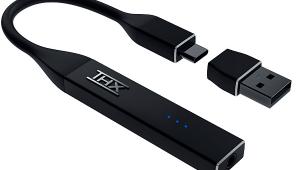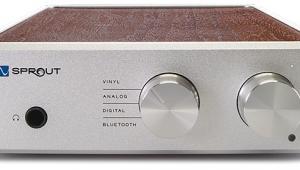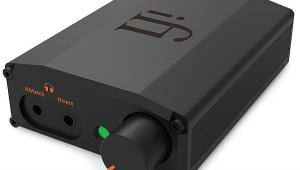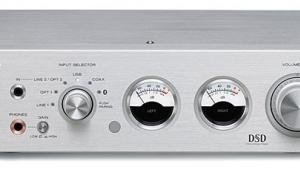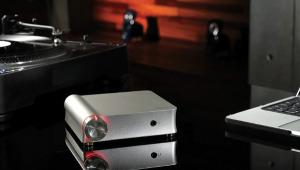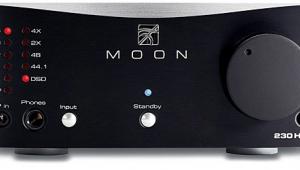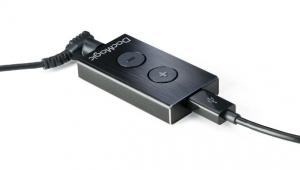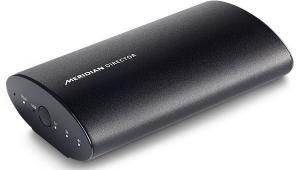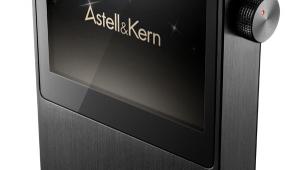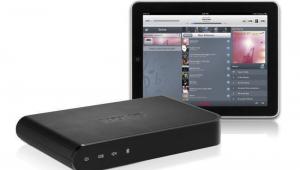- REVIEWS
Displays Electronics 
Speakers Sources 
Other Gear Software - TOP PICKS
- HOW TO
How To Buy 
How To Use 
Tech 101 - BLOGS
- NEWS
- FEATURES
- INSTALLS
Custom Installation - SUBSCRIBE
Cambridge Audio DacMagic XS USB DAC Specs
Sampling Rates: 44.1, 48, 88.2, 96, 176.4, 192 kHz
Connections: Micro USB, mini-jack analog stereo
Output Voltage: 2V RMS
Minimum Headphone Impedance: 12 ohms
Connections: Micro USB, mini-jack analog stereo
Output Voltage: 2V RMS
Minimum Headphone Impedance: 12 ohms
Dimensions (W x H x D, inches): 1.2 x 2.1 x 0.75
Weight: 1 oz.
Price: $199
Company Info
Cambridge Audio
(800) 663-9352
cambridgeaudio.com
|
|
| ||||||||||
| Displays Electronics Speakers | Sources Other Gear Software | Top Picks of the Year Top Picks | Custom Install How To Buy How To Use |
Tech 101
|
Latest News Features Blogs | Resources Subscriptions |
WHERE TECHNOLOGY BECOMES ENTERTAINMENT
 © 2025 Sound&Vision
© 2025 Sound&VisionAVTech Media Americas Inc., USA
All rights reserved
